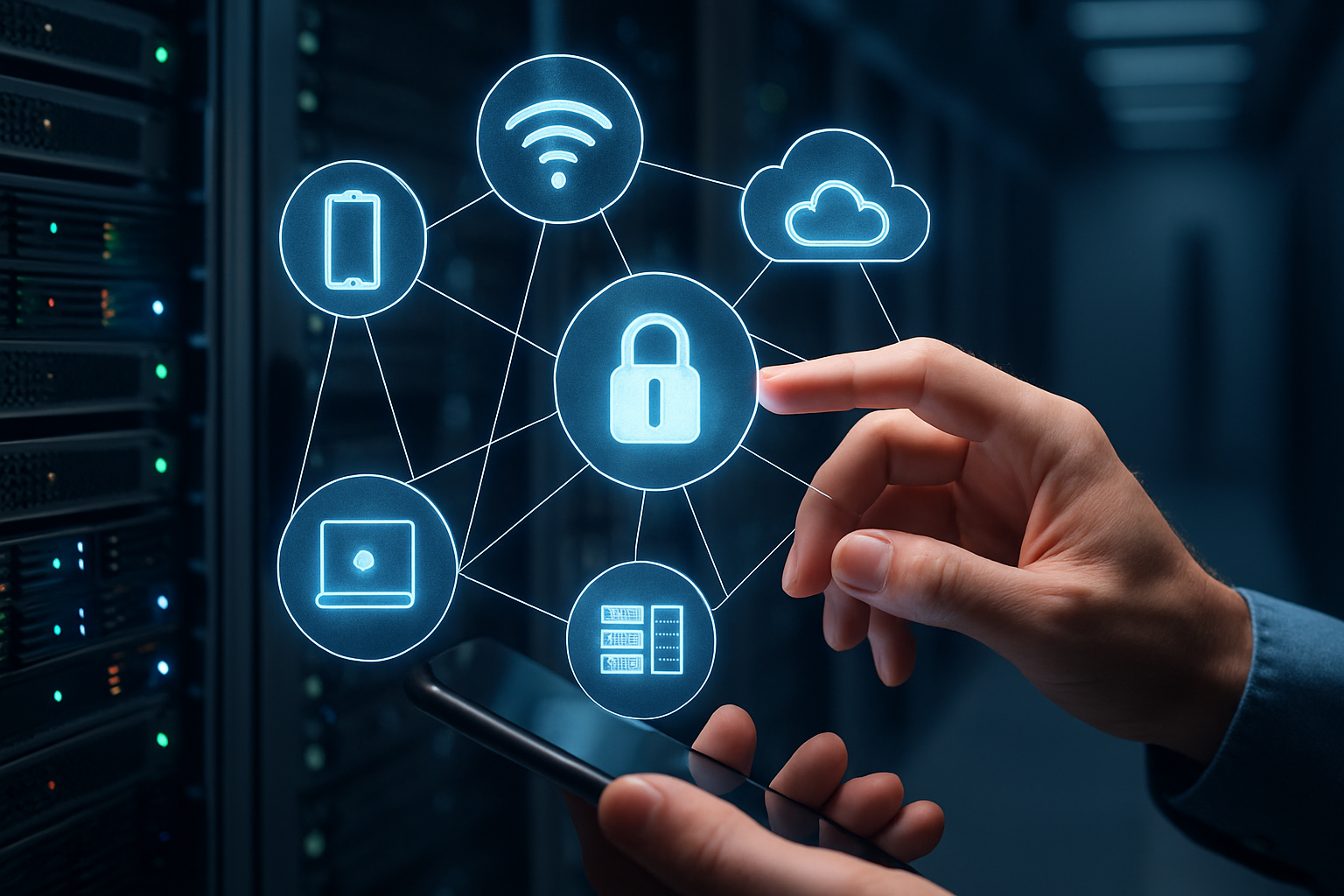Remote Device Management: Control and Monitor Devices Anywhere
Remote Device Management (RDM) enables organizations to control, monitor, and maintain devices from any location. This technology has become essential for businesses managing distributed workforces, IoT deployments, and multi-location operations. Understanding how RDM works and its access control mechanisms helps organizations make informed decisions about implementing these solutions.

Remote Device Management represents a fundamental shift in how organizations approach device oversight and maintenance. This technology allows IT administrators to access, configure, and troubleshoot devices regardless of their physical location, creating unprecedented flexibility in device management strategies.
Understanding Access Control: A Guide for Everyone
Access control forms the backbone of secure remote device management systems. It determines who can access specific devices, what actions they can perform, and when these permissions are granted or revoked. Modern access control systems use multiple authentication factors, including passwords, biometric data, and security tokens, to verify user identities before granting device access.
The implementation of robust access control measures protects against unauthorized access while ensuring legitimate users can perform necessary tasks. Organizations typically establish role-based permissions, where different user groups receive varying levels of device access based on their job responsibilities and security clearance levels.
What Is Access Control?
Access control encompasses the policies, procedures, and technologies that regulate who can view or use resources in a computing environment. In remote device management contexts, access control systems authenticate users, authorize their actions, and audit their activities across managed devices.
These systems operate through three primary components: identification, authentication, and authorization. Identification establishes user identity, authentication verifies that identity, and authorization determines what actions the authenticated user can perform on specific devices or systems.
Types of Access Control Systems
Several access control models serve different organizational needs and security requirements. Discretionary Access Control (DAC) allows resource owners to determine access permissions, providing flexibility but potentially creating security gaps. Mandatory Access Control (MAC) enforces system-wide security policies that users cannot modify, offering stronger security but reduced flexibility.
Role-Based Access Control (RBAC) assigns permissions based on user roles within an organization, simplifying administration while maintaining security. Attribute-Based Access Control (ABAC) uses multiple attributes like user location, device type, and time of access to make authorization decisions, providing granular control over device access.
Implementation Strategies for Remote Device Management
Successful RDM implementation requires careful planning and consideration of organizational needs. Companies must evaluate their device inventory, network infrastructure, and security requirements before selecting appropriate solutions. The implementation process typically involves installing management agents on target devices, configuring central management servers, and establishing secure communication channels.
Organizations should develop comprehensive policies governing remote access procedures, including emergency protocols and incident response plans. Regular security audits and access reviews ensure that permissions remain appropriate as organizational structures and personnel change over time.
Security Considerations and Best Practices
Security remains paramount in remote device management deployments. Organizations must implement encryption for all communications between management servers and remote devices, ensuring data protection during transmission. Multi-factor authentication adds layers of security beyond traditional password-based systems.
Regular software updates and patch management become critical when devices operate outside traditional network perimeters. Automated update systems can help maintain security standards across distributed device populations, while monitoring tools provide visibility into device status and potential security threats.
| Solution Type | Provider Examples | Key Features | Typical Cost Range |
|---|---|---|---|
| Enterprise RDM | Microsoft SCCM, VMware Workspace ONE | Comprehensive device management, advanced security | $5-15 per device/month |
| Cloud-based RDM | Google Cloud Device Management, AWS Device Management | Scalable, integration-friendly | $3-10 per device/month |
| Open Source RDM | ManageEngine, Puppet | Customizable, cost-effective | $1-5 per device/month |
| Specialized IoT RDM | Cisco IoT Control Center, PTC ThingWorx | IoT-focused features, industrial applications | $2-8 per device/month |
Prices, rates, or cost estimates mentioned in this article are based on the latest available information but may change over time. Independent research is advised before making financial decisions.
Remote Device Management continues evolving as organizations adapt to changing work patterns and technological advances. The integration of artificial intelligence and machine learning capabilities promises to enhance automated device management and predictive maintenance capabilities. Understanding access control principles and implementation strategies positions organizations to leverage these technologies effectively while maintaining security and operational efficiency.




